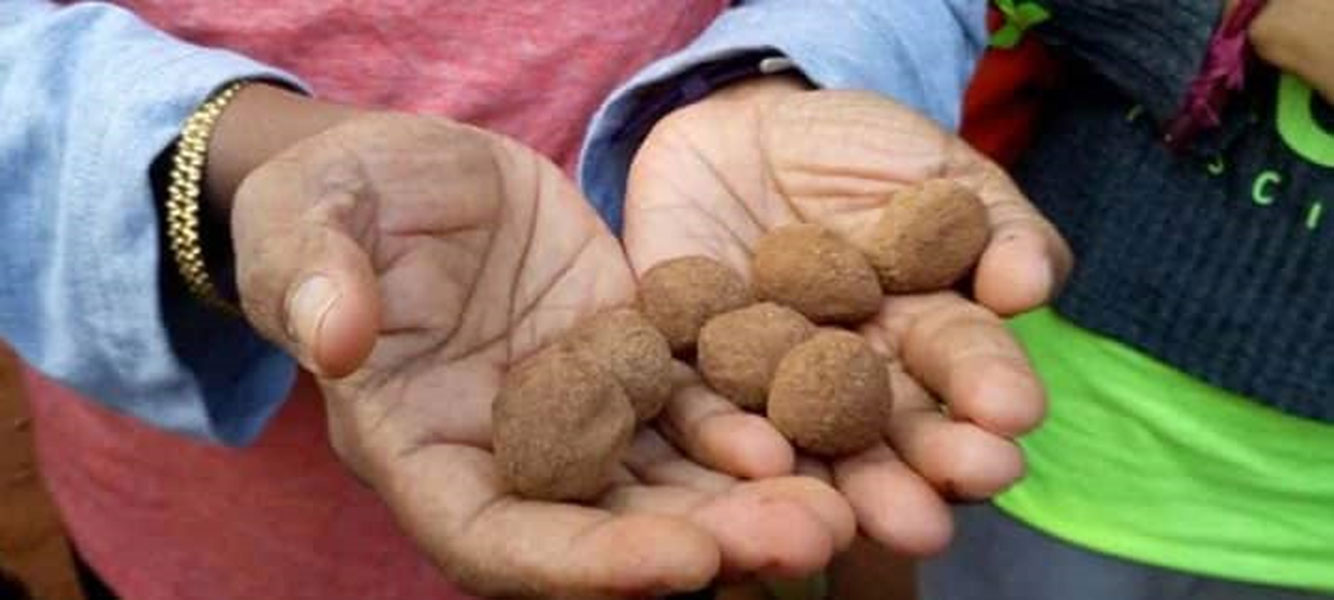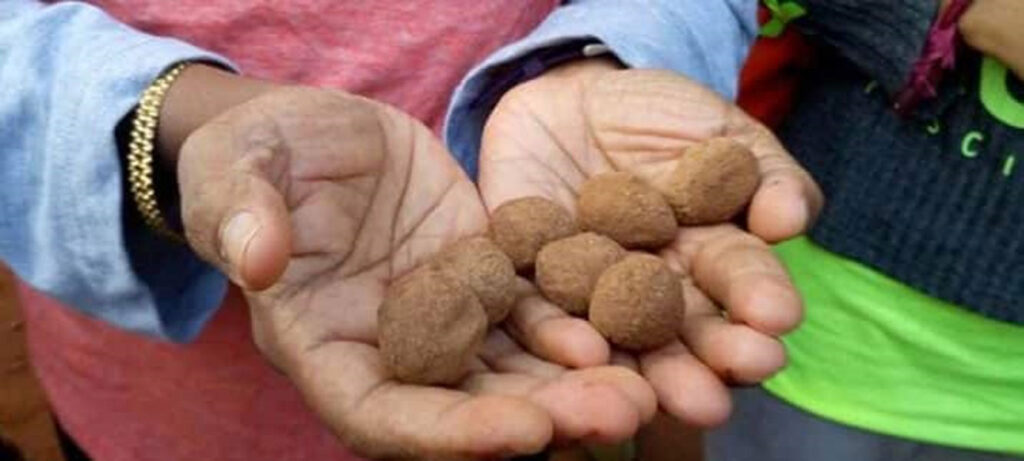
As Goa has emerged as the partying place for large numbers in India and overseas, and its natural beauty and environment has decayed over the years to make way for townships and new buildings coming up all the time, Rotary Club of Mapuca, D 3170, decided to take some remedial action.

“This is our 53rd year and I am the club’s 53rd president. When I was elected president, along with elected club secretary Ashley Delaney, we felt we had to do something about it. From its inception the club has been planting some 25 to 30 trees every year, but we calculated that at the rate at which trees were being cut in our region, we were not really making a difference,” says Club President Ajay Menon.
For instance, he points out, the club has 80 members, and if each of them built a house, the trees planted by the club over the last 50-odd years wouldn’t be able to replace the trees lost in constructing buildings.
Ashley Delaney points out that their research on the kind of environmental degradation that is happening across India revealed this information: The country may have lost close to 10.6 million hectares, or about 70 times Delhi’s geographical area, of original forests in the last decade. This is more than three times the reported increase in the nation’s forest cover in this period and 15 per cent of India’s existing green cover.
The two Rotarians did “some brainstorming on how to get across to the next generation the importance of greening our environment. Also, when we do tree planting in schools we find that these days most of the kids don’t like their hands being soiled while planting a sapling.”
So they decided to make wide use of a Japanese technology of using seed bombs to ensure the greening of the region. A seed bomb contains one or more seeds around which compost and mud are rolled over, and then the ball thus made is dried in the sun for around two weeks till it hardens into a mud ball. These seed balls can be flung in areas where the green cover has depleted and the germination process takes place.
Menon, an airline executive, had also seen during his extensive travel to Africa this technology being widely used by the Kenyan government.
The club, along with the involvement of horticultural specialist Rtn Rozendo Mendonza, identified a farmer in Goa to use compost and mud to make such seed balls. “If you throw just a seed out of the window it has the chance of being lost as it might not land in the right place to germinate. But a seed bomb, if thrown on barren land at a time where there is some moisture in the air, or during the monsoon season has a much higher chance of germinating. And if you put more than one seed in the ball, the strike rate is higher,” says Menon.
The club began the process of getting the seed bombs made in March so that by the time the monsoon arrived in June, the seed bombs would be ready to be flung. The cost of making each seed ball is ₹5 and the club has distributed about 32,000 seed bombs to 26 schools, several government, panchayat and municipality personnel, councillors and ward members, who have been very receptive about this project. Seed bombs have also been handed out to other clubs in D 3170. As charity begins at home most club members have “thrown” these seed bombs in their own backyards or kitchen gardens, and as there were demands for either gulmohar, papaya or drumstick seeds, these have been given out. “For our club outings and picnics we give children seed bombs; our philosophy is that when you see barren land, don’t throw garbage, throw seed bombs instead! And it also gives children something to do and keep them occupied,” he adds.
Now that 32,000 seed bombs have been distributed, the club is planning to make in the next phase about 50,000 to 60,000 seed balls, and is keen to involve the corporate sector in a partnership.
The schools, adds Menon, have responded with enthusiasm to this project; “we have invested a lot of time in explaining to the children the importance of greening our environment. We address the schoolchildren at their assemblies and some of the schools we have visited five to six times to ensure that the message goes home. And now the schools are asking for papaya and gulmohar trees.”
The club has an ambitious mission, adds Delaney, to create and distribute one million seed bombs in the long run.








